Explore the Versatility of 3G OBD Scanners
The realm of vehicle diagnostics has been revolutionized with the advent of 3G OBD scanners. These devices serve as a critical tool for the monitoring and diagnostic accuracy of various vehicles and machinery. The integration of 3G technology ensures that these scanners provide real-time data transmission, enhancing the diagnostic process.
Types and Applications
OBD2 scanners with 3G connectivity come in various models, each designed to cater to different systems within a vehicle. From transmission checks to engine diagnostics and emissions testing, these scanners are versatile in application. Their use extends beyond professional garages, proving to be an invaluable asset for fleet management and independent mechanics.
Features and Materials
Constructed from durable materials like iron and stainless steel, 3G OBD diagnostic tools are designed for longevity. They boast features such as bright LED displays for clear data reading and are often complemented by robust software solutions that facilitate comprehensive vehicle system analysis.
Technological Advancements
The technological sophistication of 3G OBD II scanners is evident in their ability to interface with various devices. Compatibility with multiple operating systems ensures that these scanners can seamlessly integrate into different diagnostic setups, providing flexibility in how and where diagnostics are performed.
Advantages of Using 3G OBD Scanners
Utilizing a 3G vehicle scanner comes with the advantage of minimal maintenance requirements. The efficiency and diagnostic precision offered by these scanners contribute to their value in the automotive diagnostic market. Moreover, the data accuracy and real-time updates facilitated by 3G connectivity are indispensable for modern diagnostics.
Environmental and Safety Compliance
Wireless OBD2 scanners not only streamline diagnostics but also ensure compliance with environmental and safety standards. The ability to monitor emissions and safety systems in real-time allows for immediate rectification of issues, contributing to safer and more eco-friendly vehicle operation.
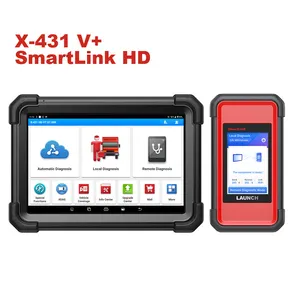
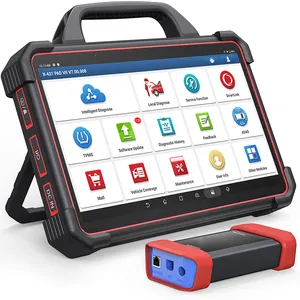









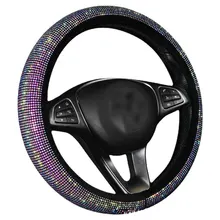




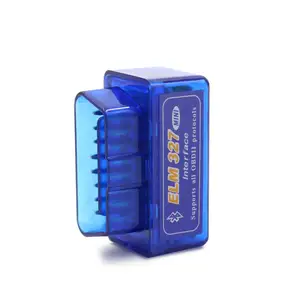
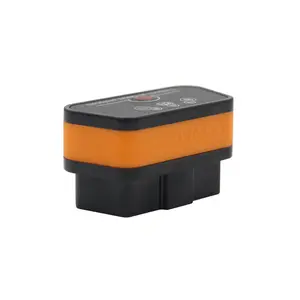


















 浙公网安备 33010002000092号
浙公网安备 33010002000092号 浙B2-20120091-4
浙B2-20120091-4